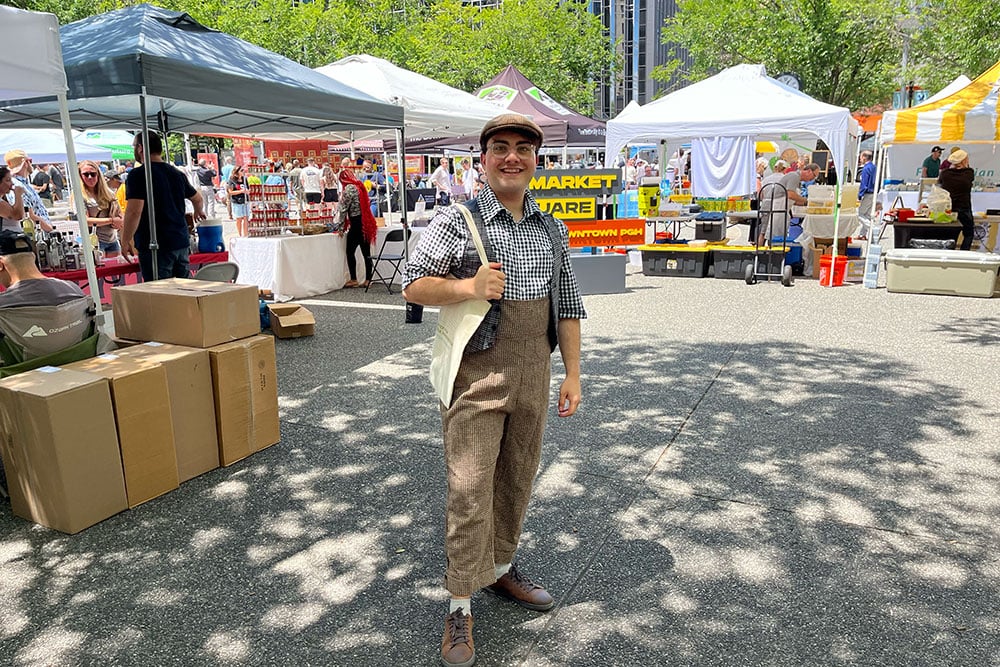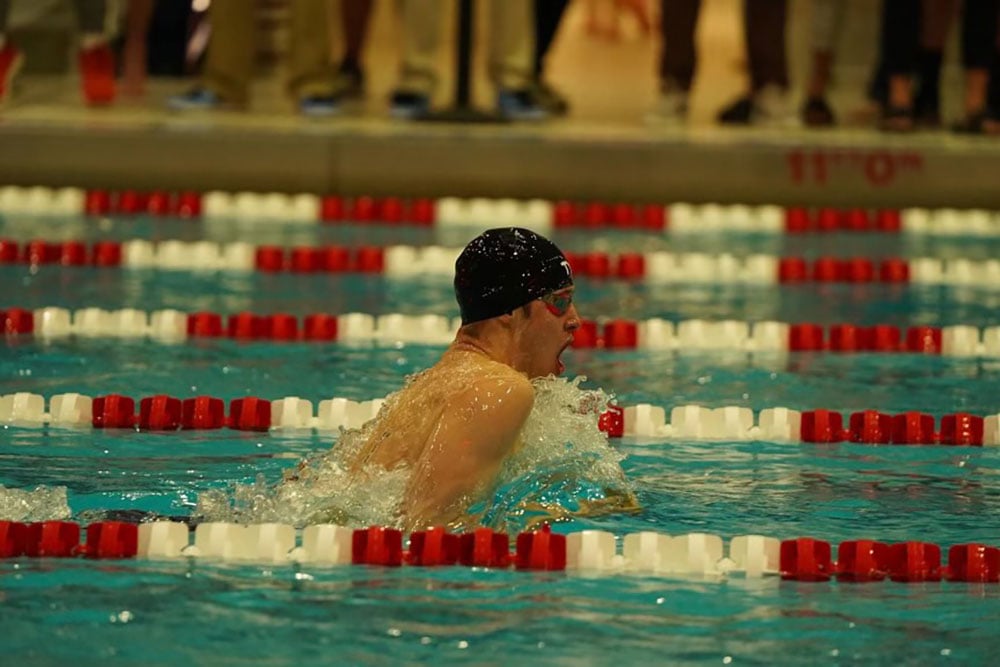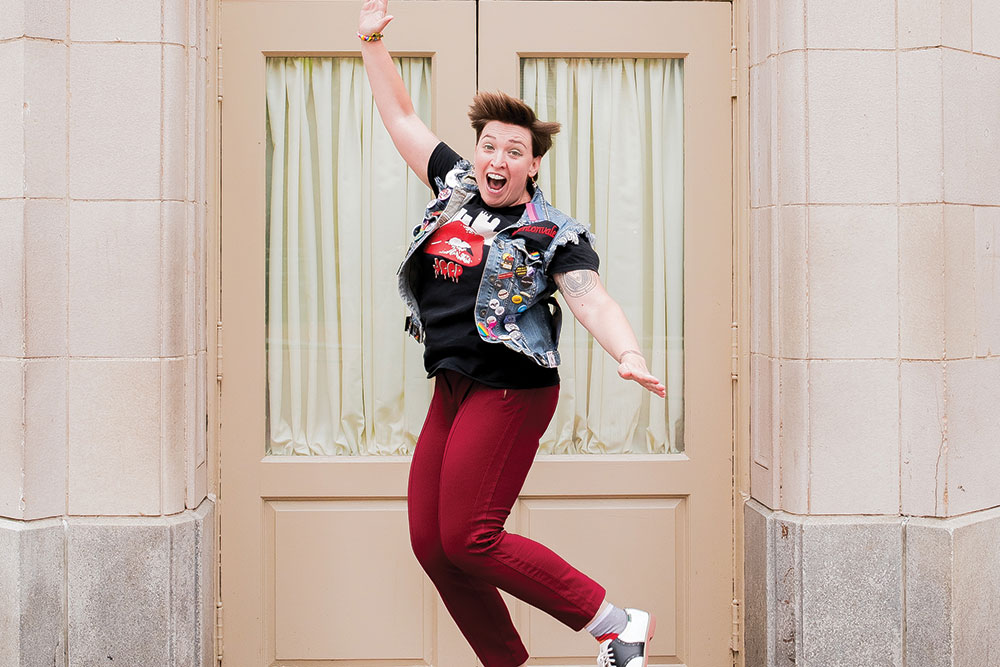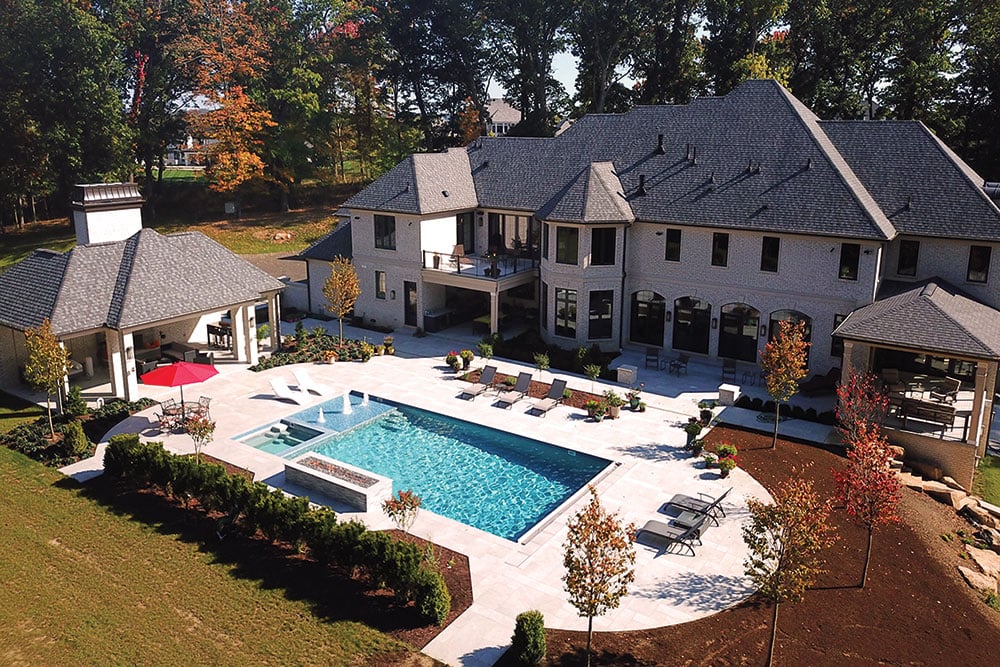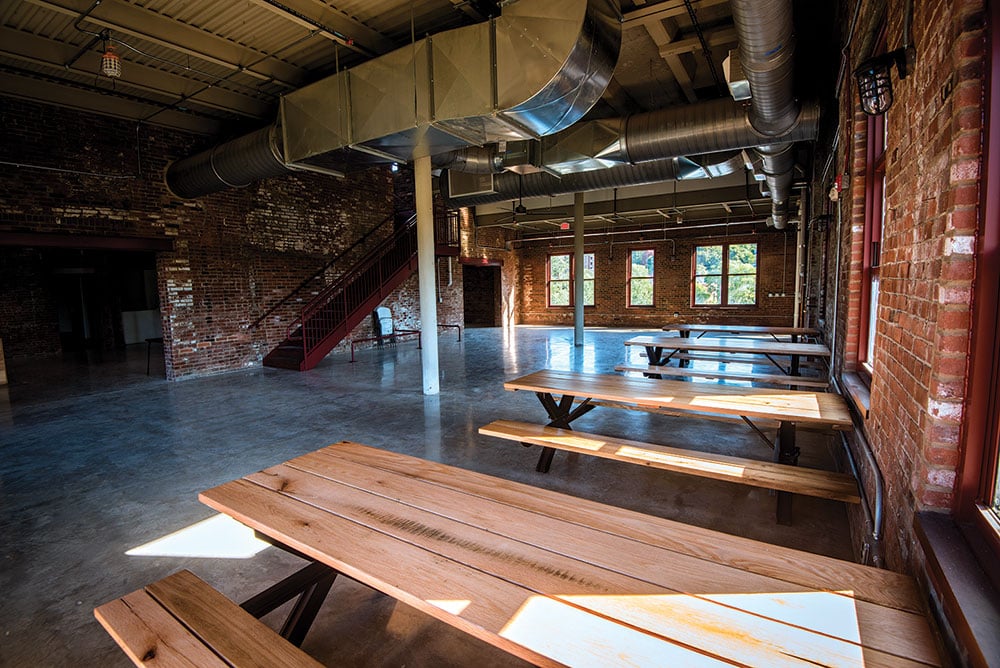What was Biking in Pittsburgh Like 20 Years Ago?
Pittsburgh was one of the worst cities for riding a bike — but not anymore.
Twenty years ago, Pittsburgh was a much less bike-friendly city — in fact, according to Bicycling Magazine, it was one of the worst cities in the United States to ride a bike.
“The overall environment seemed really hostile,” says Scott Bricker, co-founder and executive director of the nonprofit BikePGH.
Only three bike lanes existed in Pittsburgh in 2002: one on Beechwood Avenue in Squirrel Hill, one in Highland Park and one in Riverview Park in Observatory Hill. These bike lanes were built in the early ‘80s and totaled a little more than 10 miles. A trail system also ran through the North Side, Downtown, the South Side and Oakland, but it lacked bike racks and didn’t have many on/off ramps.
The combined lack of designated bike lanes and education about biking rules and safety created a dangerous environment for cyclists in Pittsburgh, he says. Eventually, enough was enough.
“We were sick of seeing our friends hit and hurt,” Bricker says. “We all knew people who were threatened by drivers, and we were sick and tired of it.”
Bricker co-founded BikePGH with David Hoffman and Lou Fineberg in the winter of 2002, with the mission of making Pittsburgh a bike-friendly city.
BikePGH’s work focuses on three major themes: advocacy, education and community. The goal is not only to create biking infrastructure, but also to create awareness around bike safety and to establish a welcoming biking community.
BikePGH found inspiration in cities across the United States that had successfully built strong biking infrastructure and culture — such as Chicago, New York City, Seattle and even hilly San Francisco. Bricker says BikePGH’s founders pushed themselves to look beyond the Rust Belt.
“We wanted to say, like, ‘Here’s the best stuff going on in the United States. We should pursue that,’ and not say, you know, ‘Look at Chattanooga, [Tennessee] or Buffalo, [New York] or Cleveland, or something,’” Bricker says. “And actually, I think we ended up inspiring some of those cities like Cleveland and Buffalo, and they’re doing great work.”
Five years passed before BikePGH’s advocacy brought Pittsburgh its first commuter-oriented bike lanes and shared lane markings, located on Liberty Avenue from parts of Lawrenceville to Friendship. Since then, new bike lanes have been established in Pittsburgh every year.
Today, there are more than 100 miles of bike infrastructure — 63 miles of bike lanes, 32 miles of shared lanes and seven miles of neighborways (low-traffic streets that prioritize pedestrians and cyclists) — in Pittsburgh, and more are coming. The city’s Bike(+) Plan aims to add 150 miles of bike infrastructure by 2030.
Not only are there more miles of bike lanes in Pittsburgh than ever before, but they are more connected, too.
“Our trail system is more integrated with the on-street system now and we have more of a network,” Bricker says. “As a result, we have more and more people riding and replacing car trips.”
Expanding accessibility to biking is about more than just bike lanes. BikePGH, with the help of Pittsburgh Downtown Partnership and the Sprout Fund, started installing bike racks in the spring of 2004.
Seven years later, not only had hundreds of new bike racks been installed in the city, but Pittsburgh City Council also passed the Bicycle Parking Ordinance, which made bike parking installation required in all new or “change-in-use” buildings.
BikePGH also fought to get bike racks placed on every Port Authority bus, a goal achieved in September 2011. This way, Pittsburghers are able to use a combination of bikes and buses for their commutes.
Making Pittsburgh more bike-friendly is also about improving the overall safety of the streets. Much of this is done through traffic calming measures like adding speed humps and speed tables — essentially, flat-topped speed humps — at intersections, reducing the width of roads and lanes and even planting trees along the sides of the roads.
Of course, the work isn’t done yet. Pittsburgh is no longer on the list of worst cities to ride a bike. In its ratings of Best Cities compiled in 2018, Bicycle Magazine ranked Pittsburgh No. 40 out of 50 cities — with Miami the worst on the list and Seattle the best.
One of the biggest cycling challenges remaining in Pittsburgh, according to Bricker, is the prevalence of gaps in the bike-lane network. Sometimes, bike lanes just end in the road and bikers have to share the road with cars until they can find another safe bike lane.
“As long as those gaps exist, and there’s sort of incomplete connections and incomplete networks, people of all ages and abilities won’t necessarily be attracted to riding as a mode of transportation,” Bricker says.
In the next two decades, Bricker says he hopes to see Pittsburgh add more bike lanes protected by poles, concrete or pavement to separate them from moving traffic, instead of just painted lines on the road.
To get involved with BikePGH, you can purchase an annual BikePGH membership that “gives you the tools you need to be an active member of the bike community,” according to Bricker. Members receive discounts at local businesses and on BikePGH merchandise, early access to event registrations, free educational resources and more.
BikePGH is hosting a full schedule of events in 2022, many of which are open to both members and non-members.
They include:
- Bike Anywhere Week. Not everyone even has a commute anymore, since the pandemic has made remote work so common, so Bike to Work Day on May 20 isn’t possible for everyone. That’s why BikePGH created Bike Anywhere Week last year — to participate, take your bike to the grocery store, to the park, or just around the block.
- The week, which begins on May 16, ends on Bike to Work Day, when BikePGH will host commuter cafes with breakfast snacks and coffee. The organization says it will host a full schedule of virtual and in-person events throughout Bike Anywhere Week.
- OpenStreetsPGH will also come back in full force this May. OpenStreetsPGH temporarily closes roads and invites Pittsburgh residents to enjoy them by walking, biking, skating, dancing, running, you name it — just not driving. The first of three OpenStreetsPGH events will take place on May 29, and there will be two more in the last weekends of June and July.
- UPMC Health Plan will host its 29th annual PedalPGH. The charity ride, which donates all proceeds to BikePGH, will take place on Aug. 28 and offers cyclists routes of various lengths to explore. Premium registration is open now and regular registration opens April 8.
In the end, BikePGH’s goal is to create “complete streets” in Pittsburgh — streets that are convenient and safe for bikers, drivers, transit riders and pedestrians alike. In doing so, Pittsburgh will be a more walkable and bikeable community for all.
“Streets should be for everyone,” Bricker says, “not just people driving cars.”





